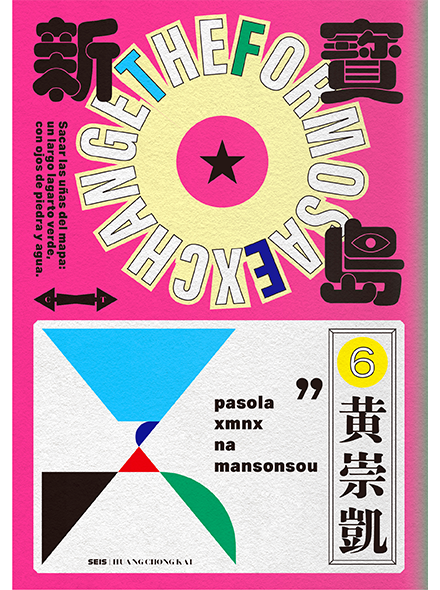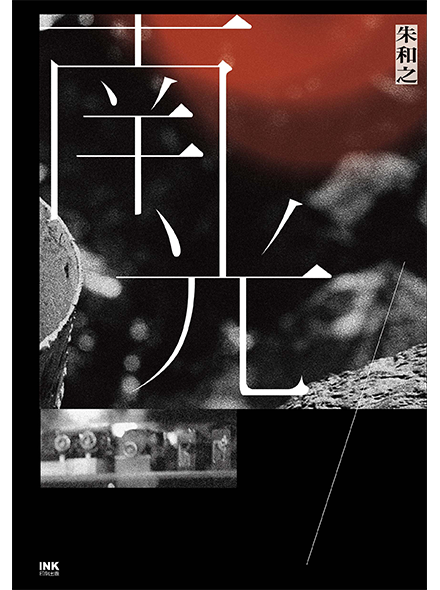How did Taiwan come to be home to the world’s only rival to Sequoiadendron giganteum, the giant sequoia of the Sierra Nevada mountains in California? Why does the closest living relative to Taiwan’s only extant endemic genus Sinopanax, a small evergreen tree, live in tropical Central America? How did the South American herb genus Chaerophyllum cross the equator and the Pacific to end up thriving in alpine Taiwan? And how could Leontopodium species have a distant cousin on Yushan, the tallest mountain in Taiwan?
In answering questions like these, the author Yu Chih Chieh, who holds a doctorate in biogeography from National Taiwan University and is now doing a post-doc in Xishuangbanna, China, offers more than just a natural history of Taiwan’s montane plants in this book. Each high mountain herb or tree he discusses is both a crystallization of a unique transnational history and a microcosm of global biogeography. Adapting the first two lines of William Blake’s poem “Songs of Innocence”, The Odyssey of Taiwan’s Montane Plants gives you a view of the World in a Wild Flower.
In the book, Taiwan’s mountains are a Noah’s Ark of biodiversity and a meeting place of montane plants. These plants are the main characters in an international epic of biogeography, the branch of the natural sciences that explains the distribution of life on Earth historically. By relating the backstories of each of these characters, this book takes you on a journey of exploration into the distant past and around the world.
The natural history of Taiwan’s montane plants can be traced back tens of millions of years to far-flung realms: to the Hengduan Mountains in China in the east, to Chile in the west, to Siberia in the north, and to Tasmania in the south. Taiwan is a particularly interesting setting in the story of botanical evolution for two reasons. First, it happens to be the eastern edge of the range of Himalayan plants and the southern extreme of temperate zone flora. It is also a way station for a number of antipodean plants. Second, Taiwan is an island, a place where one would expect endemic species to evolve. The Odyssey of Taiwan’s Montane Plants also explains the diversity of Taiwan’s flora in terms of a different kind of island: each of Taiwan’s high mountains – there are two hundred and sixty mountains over three thousand meters in the Central Mountain Range – is an evolutionary island. Orogeny – mountain formation – in Taiwan has isolated plant travelers and forced them to settle down in a variety of microhabitats. In the six million years since the isolation of the island, they have evolved into numerous new species. The spiky barberry, for instance, boasts the greatest genetic variation of any of the plants that grow on Taiwan’s mountains, with thirteen endemic species. Little loved by mountain climbers, it fascinates botanists.
Taiwan’s montane plants have inspired admiration in natural scientists for over a century, starting with the Japanese father of Taiwanese plant taxonomy, Hayata Bunzō. In his Materials For a Flora of Formosa, published in 1911, Hayata wrote that a little herb called Chaerophyllum involucratum took his breath away, because it reminded him of a plant in Australia that turned out to be its closest living relative. In 1916, out of a similar appreciation, Ernest Henry Wilson, who is known to posterity as the Chinese Wilson because of his famous travels in China but who also paid a visit to Taiwan, wrote: “Formosa is indeed the ‘Pearl of the Orient’ and her crowning glory are the magnificent forests of ever-green Lauraceae and Fagaceae, the gigantic Chamaecyparis and the lofty Taiwanias which clothe her steep and rugged mountains.” Taiwania is the tallest tree in East Asia, while the “gigantic” Taiwan red cypress, known locally as a “god tree”, is the stoutest, and the world’s only rival for size to California’s giant sequoia. Wherever they originated, and however large they are, the montane plants that have gathered in Taiwan have borne witness to the sprawling epic of evolution. Each of them is a living memorial of an epochal biogeographical journey.
This book puts Taiwan’s montane plants in biogeographical, not national, context. Plant scientists cannot respect national borders any more than plants do. Naturalists like Hayata and Wilson have been amazed to encounter plants that bear an uncanny resemblance to those they grew up appreciating. By appreciating the origins of Taiwan’s montane plants, we, too, can understand the natural history of plants not in terms of national borders but in terms of biogeographical boundaries and the ways in which plants have crossed them, spinning the endless web of life.
With the author’s photographs and dozens of botanical illustrations by Huang Han-Yau and Ong Jin Yao, which are sampled on the cover of the Chinese edition, The Odyssey of Taiwan’s Montane Plants could be marketed as a coffee or tea table book. It should appeal to the kind of popular natural science audience for which E. O. Wilson wrote his 1992 bestseller The Diversity of Life, for two reasons. First, because of a shared interest in evolutionary islands. The Diversity of Life reprised results from The Theory of Island Biogeography, a technical monograph that Wilson co-authored for publication in 1967. Another landmark is science writer David Quammen’s The Song of the Dodo: Island Biogeography in an Age of Extinction. Yu Chih Chieh updates the theory of island biogeography for a popular audience by focusing on “evolutionary islands” – the individual peaks of the Alps, the Andes, the Hengduan Mountains. Second, because, like E. O. Wilson, Yu Chih Chieh puts a personal stamp on the material. In every chapter, he supplies part of his own backstory, the story of his transformation from hiker into biogeographer, and recounts his travels around the world, as he retraces the odysseys of plants he first discovered as a boy on family trips to some of the soaring peaks in Taiwan’s Central Mountain Range.
Read more:
- Yu Chih Chieh: https://booksfromtaiwan.tw/authors_info.php?id=382
- The Odyssey of Taiwan’s Montane Plants: https://booksfromtaiwan.tw/books_info.php?id=421

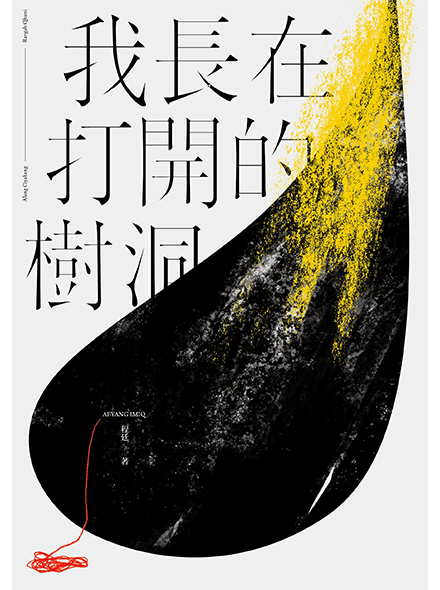

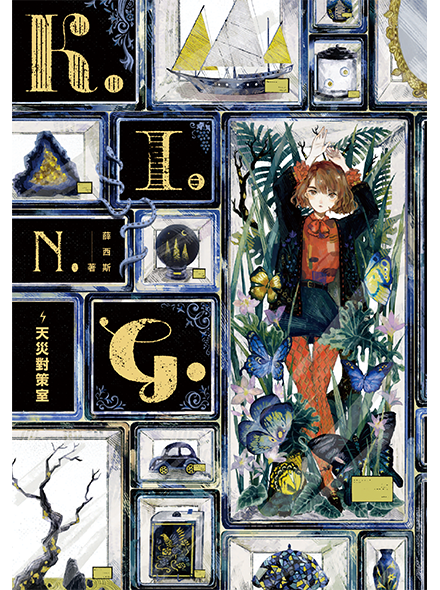
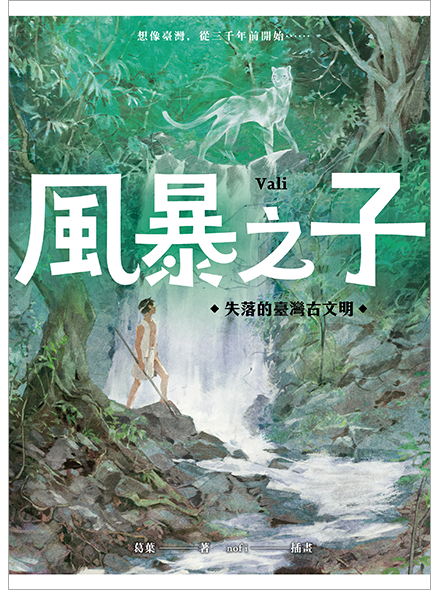

.jpg)
